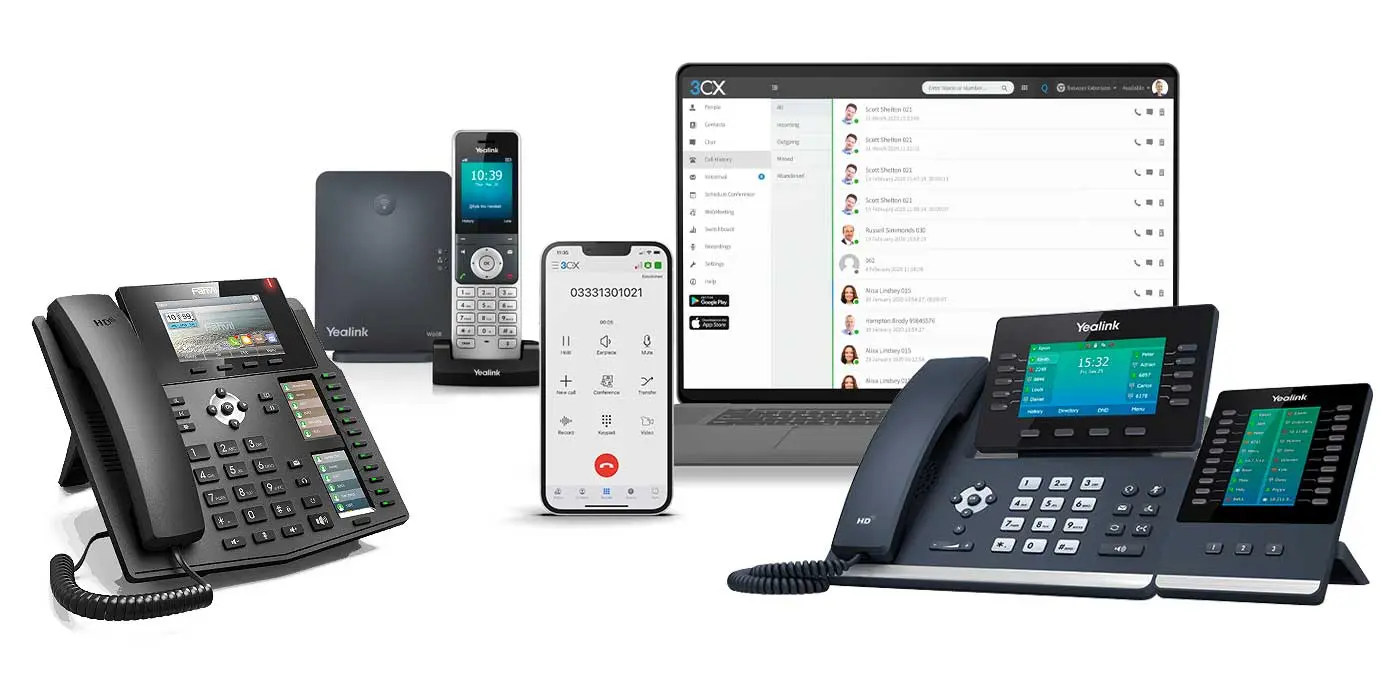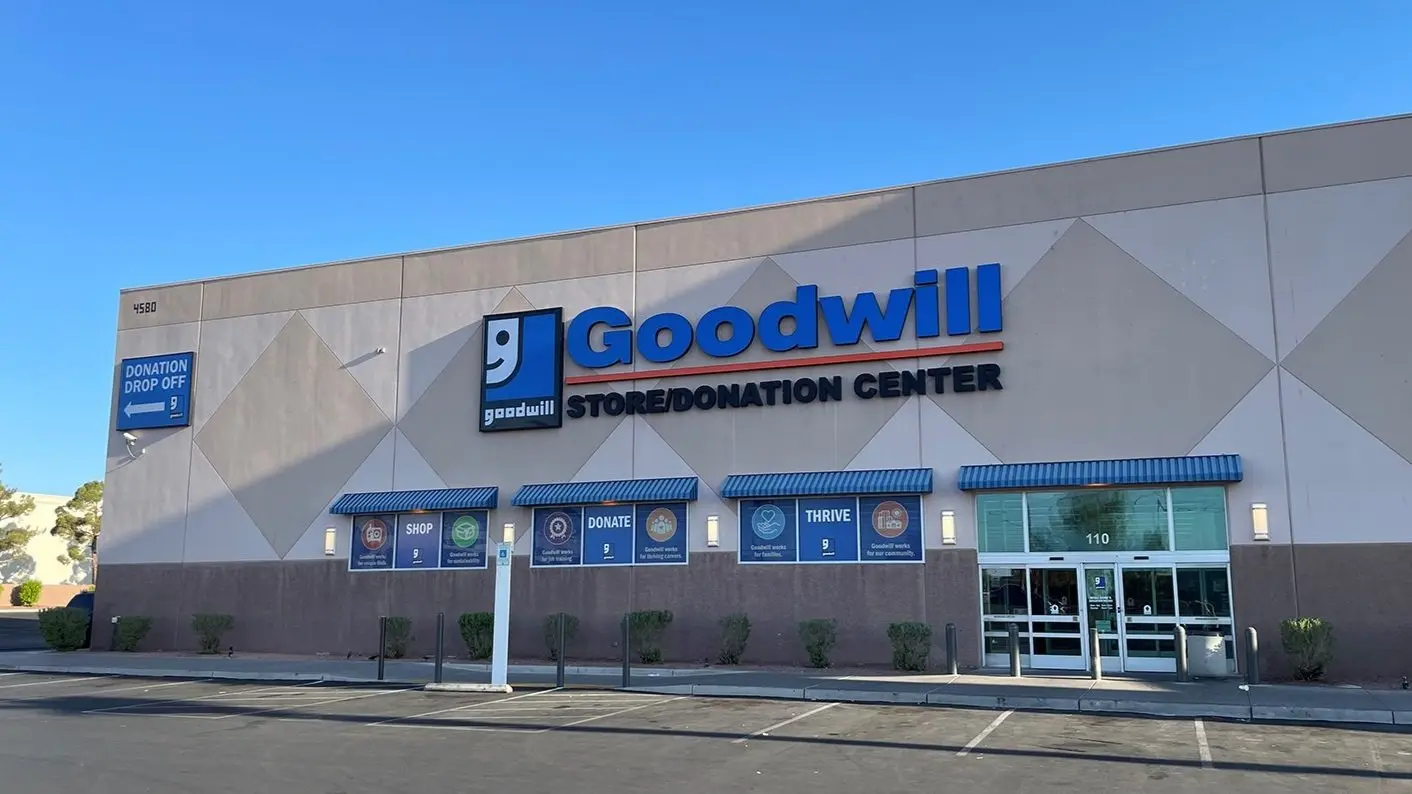Why Reading Programs Matter More Than Ever
Strong reading skills are a foundation for all academic subjects. From vocabulary development to critical thinking, early reading programs set the stage for classroom performance and future learning. According to the National Center for Education Statistics, students who read proficiently by third grade are four times more likely to graduate high school on time.
Whether delivered in schools, libraries, or online platforms, the best reading programs for kids blend phonics, storytelling, and comprehension strategies to meet learners where they are.
Key Benefits of Reading Programs for Kids (Survey of K-5 Teachers, 2024)
| Benefit | % of Teachers Citing It |
|---|---|
| Improved Vocabulary | 87% |
| Better Reading Fluency | 76% |
| Increased Attention Span | 62% |
| Stronger Classroom Participation | 55% |
| Higher Confidence in Learning | 49% |
Different Types of Reading Programs for Kids
Not all children's reading programs are created equal. The most effective options are often tailored by age, skill level, and learning style. Common types include:
- Phonics-based reading programs that focus on decoding sounds and letters
- Whole language programs that emphasize context and meaning through books
- Digital reading apps for kids that gamify learning through stories and quizzes
- Library reading challenges that encourage summer or after-school reading habits
- Special education reading interventions for dyslexia or learning delays
Parents and educators searching for the best reading programs for kids often seek a combination of digital tools and structured classroom instruction.
Technology’s Role in Modern Literacy Learning
The rise of online reading programs for kids has transformed how children engage with books. Platforms like ABCmouse, Raz-Kids, and Epic! offer:
- Interactive eBooks and audiobooks
- Reading comprehension games
- Adaptive learning paths
- Progress tracking for parents and teachers
These tools enhance accessibility and keep children motivated, especially in remote or hybrid learning environments.
Most Popular Digital Reading Programs for Kids (Based on 2025 Usage Data)
| Program Name | Age Range | Access Type | Main Strength |
|---|---|---|---|
| ABCmouse | 2–8 yrs | Subscription | Phonics and early literacy skills |
| Epic! | 4–12 yrs | Freemium | Large book library |
| Reading Eggs | 3–9 yrs | Subscription | Interactive games and rewards |
| Raz-Kids | K–5 | School-based | Teacher assignments and quizzes |
| Starfall | Pre-K–3 | Free & Paid | Reading and phonics basics |
Reading Programs and the Summer Slide
One of the biggest challenges in education is the summer slide—the learning loss many students experience when school is out. Summer reading programs for kids, often hosted by libraries and nonprofit groups, help prevent this by keeping kids engaged and literate year-round.
These programs typically include:
- Book tracking and reading logs
- Incentives for reaching milestones
- Reading-themed events or author visits
- Community involvement
Parents often search “free reading programs for kids near me” during summer to keep academic momentum going without added expense.
Inclusive Reading Solutions for Diverse Learners
The best reading programs for children also address language barriers, learning disabilities, and reading anxiety. Programs designed for English Language Learners (ELL) or those with dyslexia support tools are critical in making reading success equitable for all.
Features of inclusive programs include:
- Audio narration
- Bilingual storybooks
- Visual tracking tools
- Speech-to-text reading support
- One-on-one reading intervention options
These tools help ensure no child falls behind due to differing learning needs.
Community and School-Based Literacy Initiatives
Many public schools and libraries partner with national programs such as:
- Reading Is Fundamental (RIF)
- Scholastic Summer Read-a-Palooza
- Dolly Parton’s Imagination Library
- Book It! by Pizza Hut
These community reading programs for kids promote consistent reading habits, improve home literacy environments, and connect families with free resources.
Conclusion: Investing in Reading Programs Builds Lifelong Learners
Reading programs for kids do more than boost test scores—they open minds. With strong literacy as a foundation, children become better thinkers, learners, and communicators. Whether it’s through a school-led initiative, a free library challenge, or a paid reading app, the path to academic success begins with a good book—and the right support behind it.
As education adapts in the digital age, the focus on quality, inclusive, and engaging children’s reading programs will only continue to grow.









